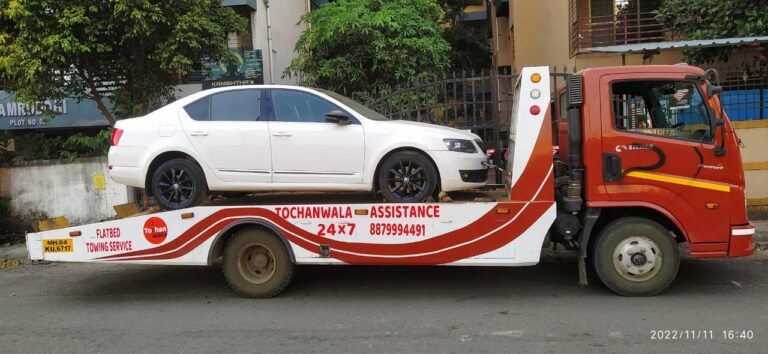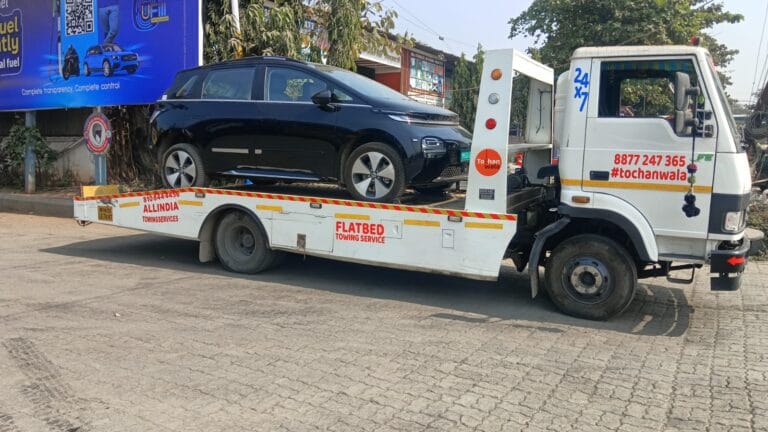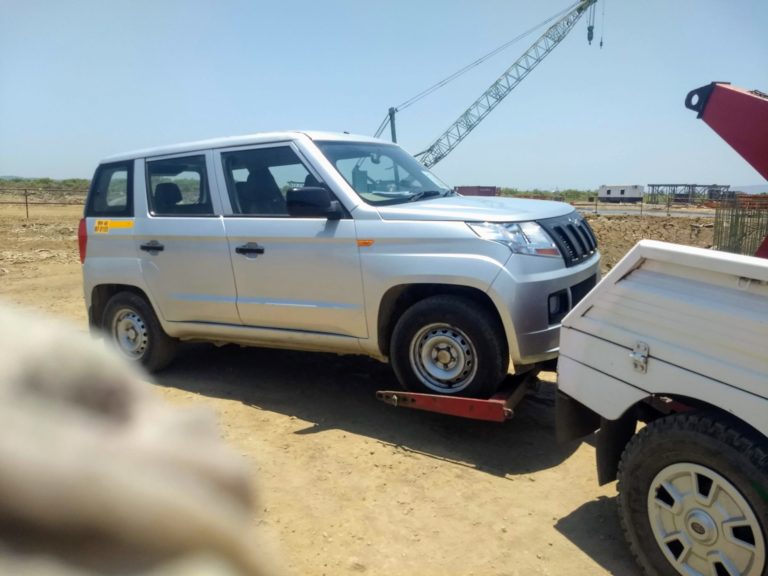Car Towing Comparision
As long as there would be vehicles on the road, there will be issues of a vehicle breakdown. Towing/Extrication of vehicles has got more complex with the evolution of the automobile industry, leading to the emergence of a sophisticated and specialized vehicle towing industry. In this blog, we will be focusing on two of the various car towing methods, namely Normal Towing and Hydraulic Towing.
History of Towing in India
Following the introduction of cars into the Indian market, towing methods underwent several changes. In Mumbai, in the 1950s and 1960s, a broken-down car used to be towed with the help of another car and a rope. However, towing a car involved in an accident, with one or more damaged tyres, was where the real challenge laid. The only solution to this, at the time, was to arrange 6–8 workers to lift the vehicle and get it onto the platform of a truck. Theretofore in the mid-1960s, normal tow trucks were introduced. Over the years, the normal tow truck evolved and we witnessed the emergence of hydraulic towing in 1995 and flatbed towing in 2005.
Normal Towing
A simple square-shaped frame placed centrally on the body or chassis of a truck. The basic equipment used in normal hook and chain tow trucks are:
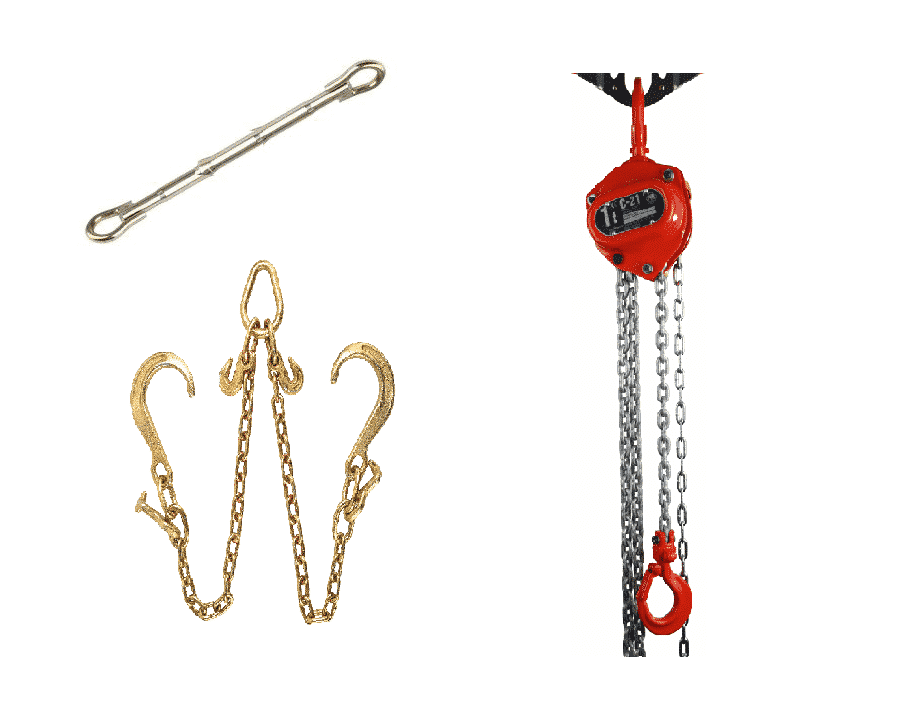
- J-Hook/guard Hook: a 2-faced J clamps/guard hook connected with a chain and ring at another end.
- Tow bars
- Chain Block with Hook
- Rubber mat/slings (Optional in some cases)
Mechanism:
Step 1. Assemble the guard hook under the axle or a weight-bearing suspension bracket on both ends (left & right).
Step 2. To pull the hauled car, a tow bar is used and it is placed underneath of bumper passing through by guard chain.
Step 3. Place the Rubber Mat below bumper to minuscule the damage.
Step 4. The ring end of the guard chain gets hooked onto the chain block.
Step 5. The car is then hauled at the desired height by pulling the chains from the chain block system.
Step 6. It needs to make sure the gear of the vehicle is neutral and handbrakes are disengaged to tow the vehicle away.
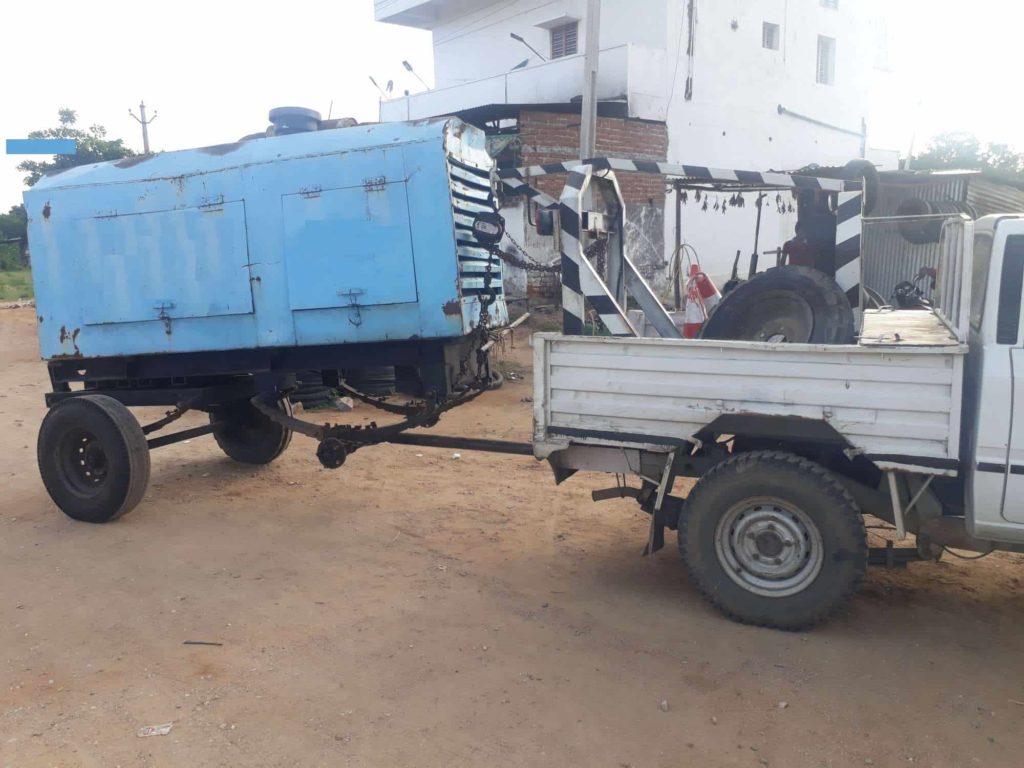
Safety issue:
There are high chances of getting car bumper damage. It can also damage the radiators or the other parts if not hauled properly.
Cons:
Regardless of the safety issue, it is important to note that such tow trucks cannot tow four-wheel drive cars.
Pros:
The maintenance cost is low, as it doesn’t have an electronic system. This also leads the manufacturing cost to be less comparatively and makes it highly durable. Above all the charges to tow a car is also less.
Applications:
These tow trucks can be used to retrieve generator vans, air compressor machines, concrete pumps, scrap cars, cars involved in accidents, cars that required to be recovered from a ditch or those gone off-road. It is also used to pull ganpati trolleys or raths.
Hydraulic Car Towing
Mechanism:
The mechanism underlying a hydraulic tow truck is quite simple. Compared to normal tow trucks, hydraulic tow trucks involve a technique with the help of modern machinery that saves a lot of time and energy. Hydraulic tow trucks are comprised of the following parts:

- Boom
- Hydraulic cylinders
- Hydraulic valves
- Underlift arm
Step 1. Simply drop the boom by operating hydraulic control valves.
Step 2. Place the car tyres on the underlift arm. Use a metal rod to lock the underlift arm.
Step 3. Lift the boom to the desired height with the help of the valves.
Step 4. Tie the wheels with tow straps to avoid getting tyres dislodged from the underlift arms
Step 5. As always, ensure the vehicle is in neutral and handbrakes are disengaged.
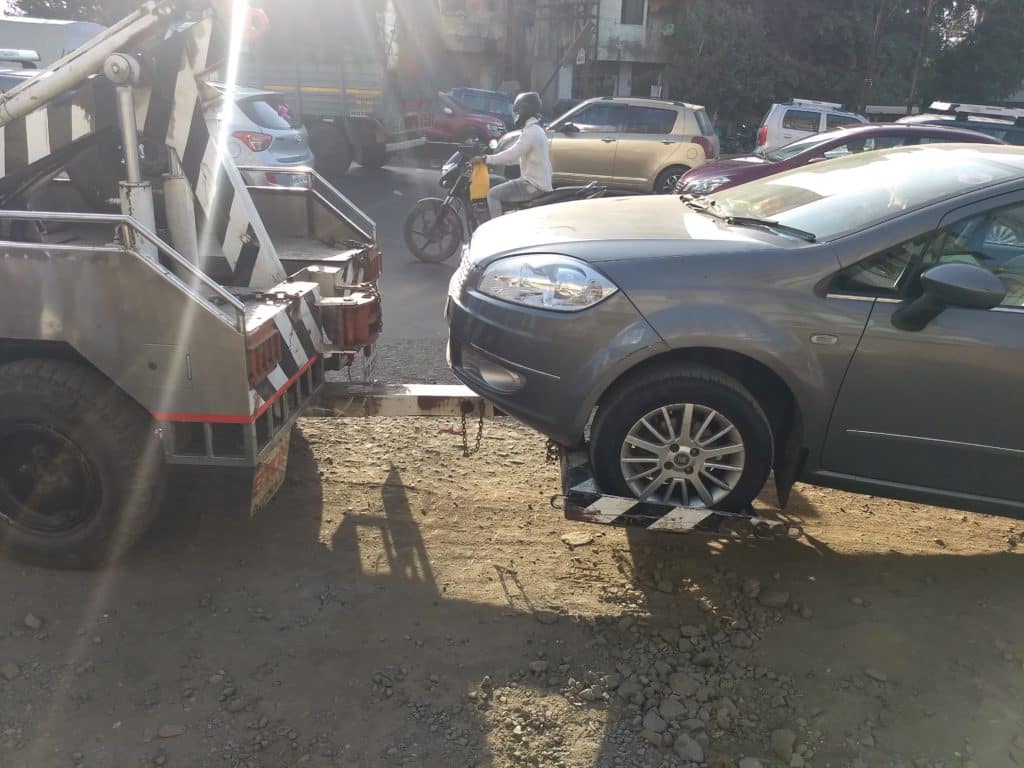
Safety issue:
The mechanism looks very promising and is a go-to option. Here the operator needs to be keen while loading & unloading the car.
Cons:
This type of option is not suitable to tow luxury cars or four-wheel drive cars. In some cases, this can go wrong if the car is not having rear/front tyres in moving condition. The maintenance cost is high so as the manufacturing cost as well.
Pros:
More importantly, this underlift towing method is safe and reliable for both short and long-distance towing requirements. As they bring the safety towards the bumper and radiator of a car.
Applications: These tow trucks are most commonly used to tow cars that are breakdown, or for shifting cars from/to parking yards, garages, or service centers, and for recovery/extrication of cars involved in accidents and scrap cars from ditches, depending on their condition. They are also used for generator vans, air compressor machines, and concrete pumps
Verdict:
Both towing methods are good enough to carry out the requirements, but the deciding factor takes in a case-to-case scenario. for example :
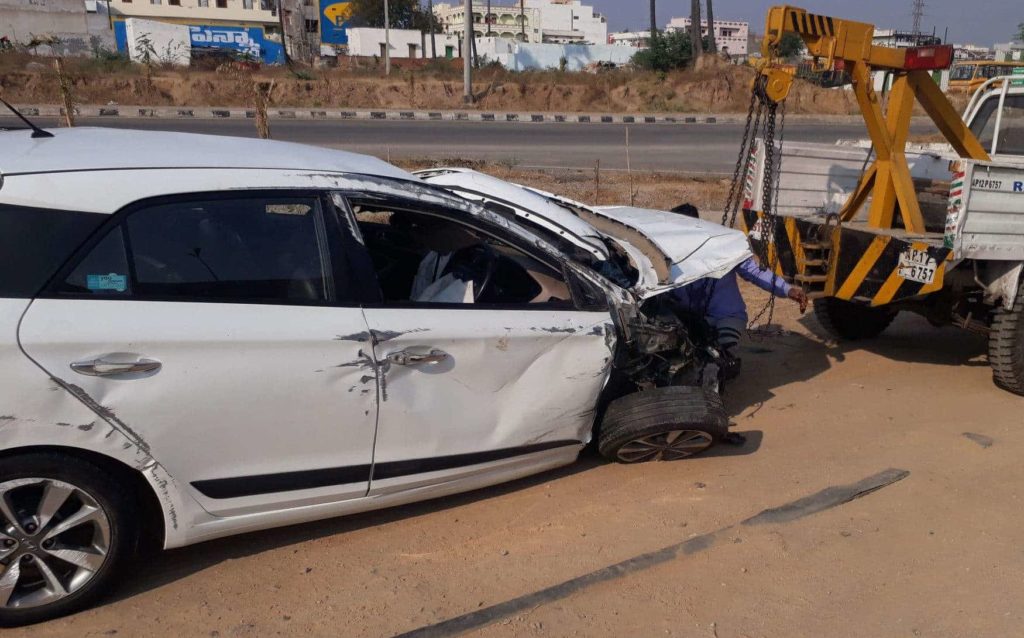
Case 1: The car met with an accident and the front axle is broken, also wheels are dislocated. In such a scenario, hydraulic tow trucks are not useful since the mechanism demands the wheels to be available.

Case 2: There is a clutch issue in the car to which is not able to move. In this case, it’s best to tow the car with a hydraulic tow truck. It won’t damage the bumper.
It is always advisable to explain and discuss the scenario with the towing company. If you are looking for towing services in Mumbai, Navi Mumbai, Pune area then reach us on our 24×7 helpline number: +918877 247 365


